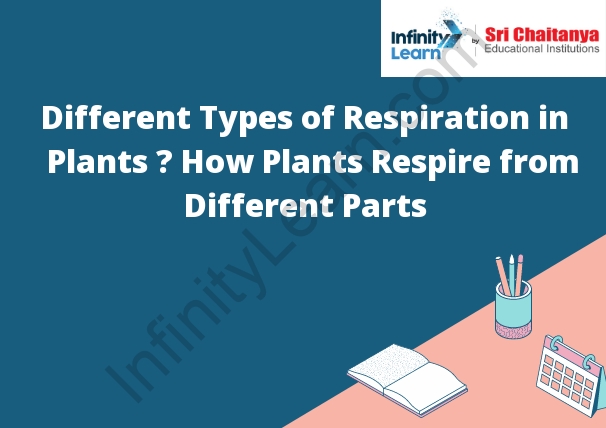Table of Contents
What is Respiration in Plants; Types of Respiration of Plants;
Mechanism of Respiration
Respiration is the process by which the cells of an organism obtain energy by the oxidation of organic molecules.
There are two types of respiration in plants:
1. Aerobic respiration: This type of respiration takes place in the presence of oxygen and results in the release of energy.
2. Anaerobic respiration: This type of respiration takes place in the absence of oxygen and results in the release of less energy.

Respiration Process in Plants
During respiration, the plant takes in oxygen from the air and uses it to break down glucose (sugar) molecules. The glucose is then turned into energy that the plant can use to grow, flower, and produce fruit.
Respiration in Leaves
The leaves of a plant are responsible for the process of photosynthesis, which produces glucose from carbon dioxide and water. The glucose is then used by the plant to produce energy. The leaves also respire, which means that they use up energy to keep the plant alive. This process occurs during the day and at night.
Respiration in Roots
Root respiration is the process by which plants take in oxygen and release carbon dioxide. This occurs in the root cells as they take in water and minerals from the soil. The oxygen is used to convert the glucose in the food to energy, while the carbon dioxide is released as a waste product.
Respiration in Stems
The process of respiration in stems is similar to that in other plant organs, such as leaves. The main difference is that the stems are much thicker than leaves and have a much higher surface area to volume ratio. This means that they can transfer gases more quickly and efficiently.
The stem contains numerous tiny air spaces between the cells, and these spaces allow the diffusion of gases between the cells and the atmosphere. The stem also contains numerous veins, which are filled with tiny blood vessels. These blood vessels carry the oxygen from the leaves to the rest of the plant.
The stem also contains a number of enzymes that are involved in the process of respiration. These enzymes break down the glucose molecules to release the energy that the plant needs to grow and to carry out its biological processes.
Aerobic Respiration
Aerobic respiration is the process by which glucose and other organic molecules are converted into energy in the presence of oxygen. The process of aerobic respiration occurs in the mitochondria of cells and is broken down into three stages: glycolysis, the citric acid cycle, and electron transport chain. In glycolysis, glucose is converted into two molecules of pyruvate. The pyruvate molecules then enter the citric acid cycle, where they are converted into energy. The electron transport chain is the final stage of aerobic respiration, and it is responsible for converting the energy from the citric acid cycle into ATP, the molecule that provides energy for the cell.
Anaerobic Respiration
In anaerobic respiration, the pyruvate molecule is not converted to carbon dioxide and water but instead is converted to lactic acid. Lactic acid is a sour-tasting compound that is produced when muscles use up their energy stores.
Anaerobic respiration is the process of breaking down glucose without the use of oxygen. This process produces lactic acid, which is then used by the body to produce energy. Anaerobic respiration is used by the body when there is not enough oxygen present to allow for aerobic respiration. This can occur when the body is working hard, such as during exercise, or when there is an obstruction in the airway, such as during a asthma attack.
Anaerobic respiration is a process that takes place in the absence of oxygen. This process produces ATP, which is the energy molecule that cells use to carry out their functions. There are two types of anaerobic respiration: glycolysis and fermentation.
Glycolysis is the process of breaking down glucose into two molecules of pyruvate. Fermentation is the process of converting pyruvate into ethanol or lactic acid.
The advantage of anaerobic respiration is that it produces ATP more quickly than aerobic respiration. The disadvantage is that it produces less ATP than aerobic respiration.





